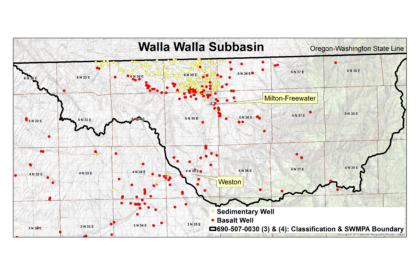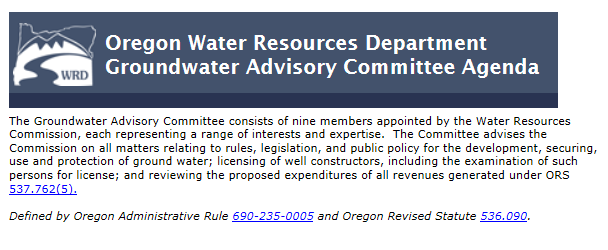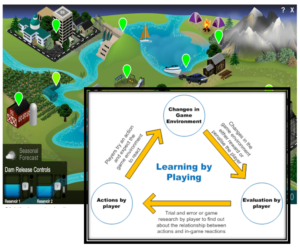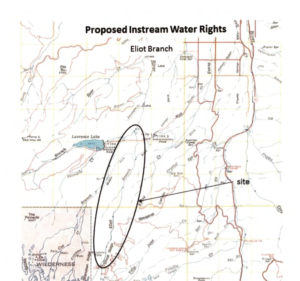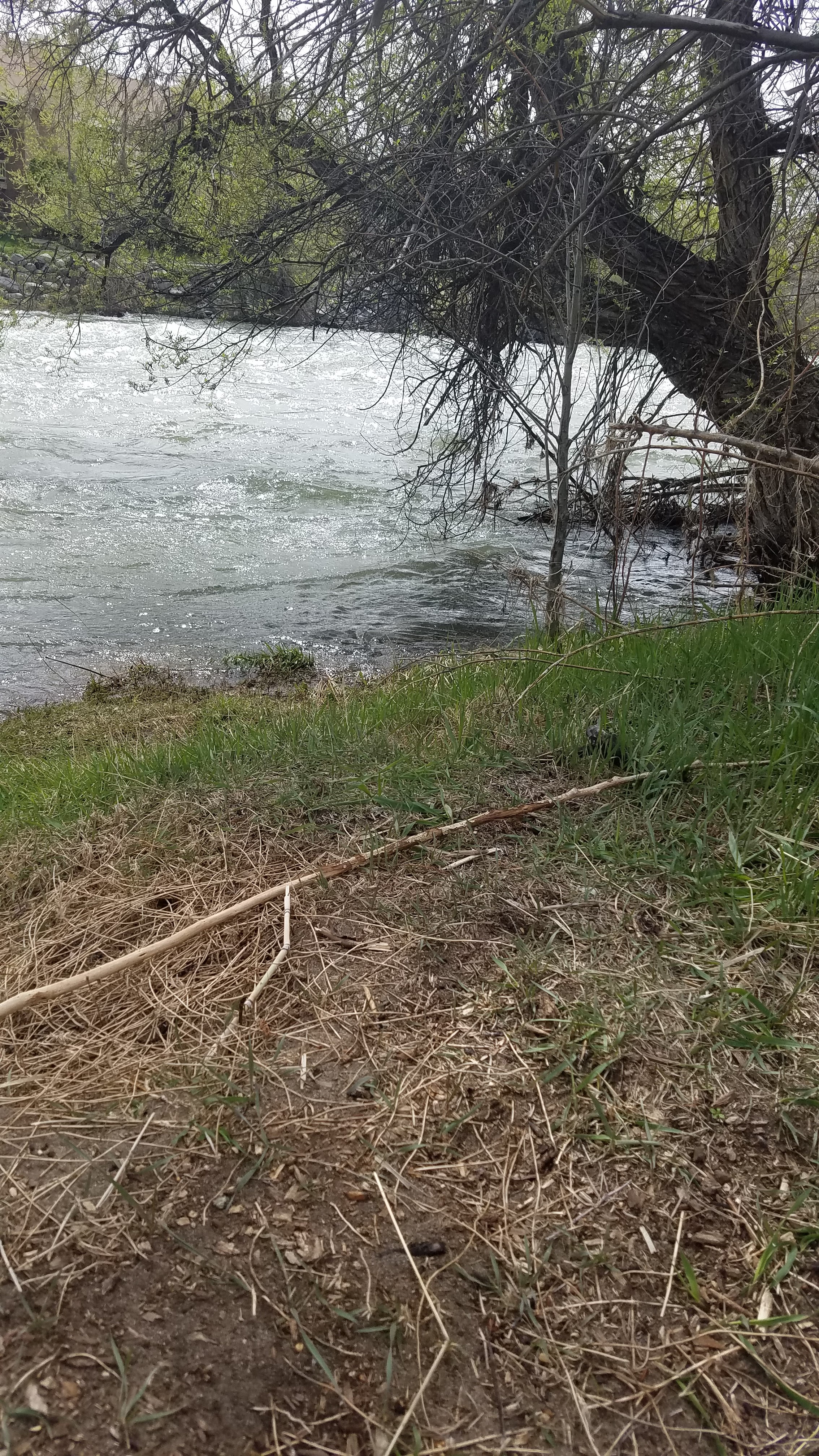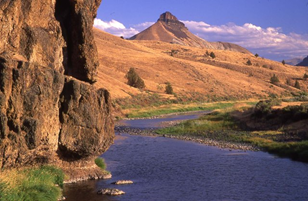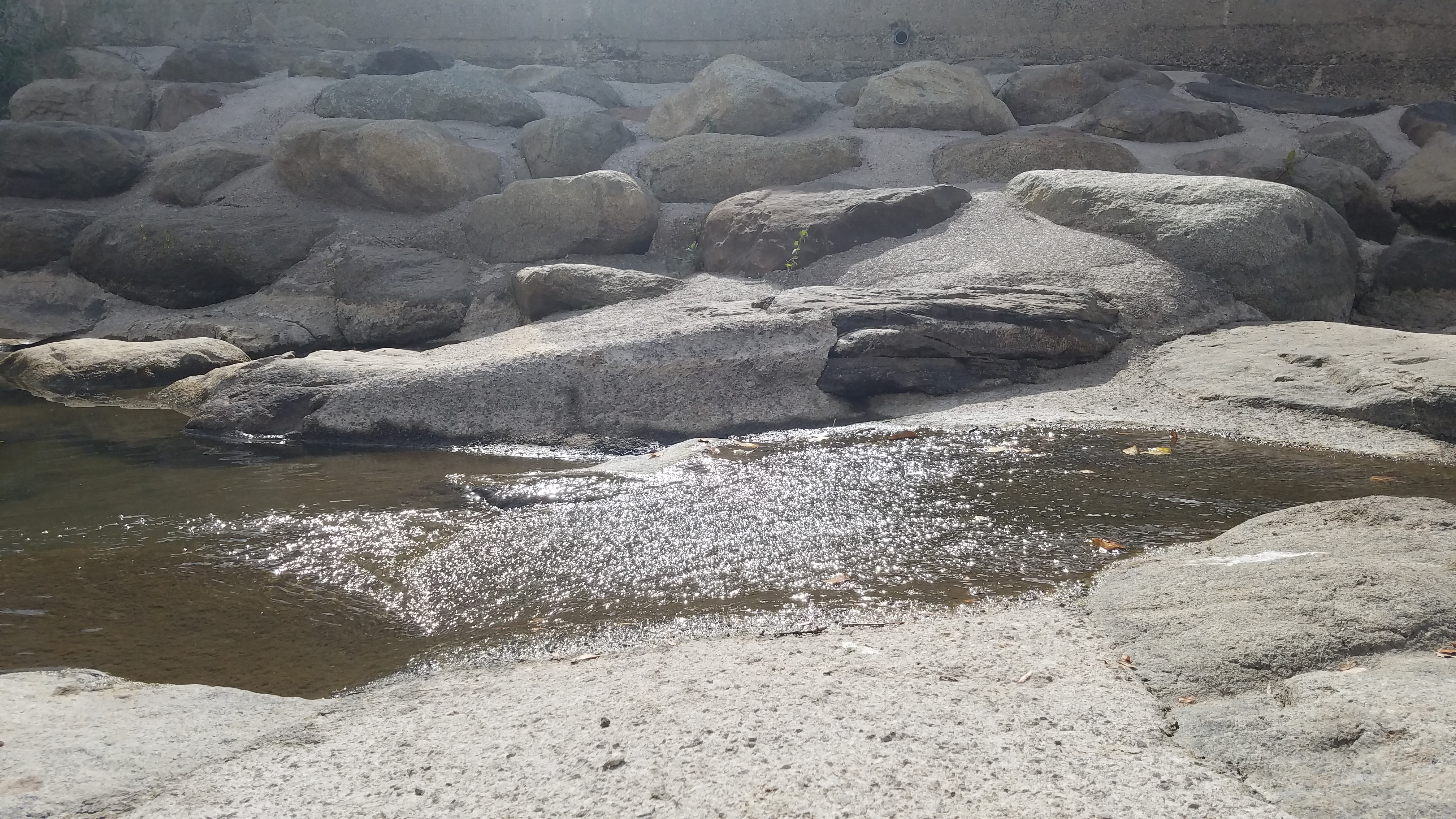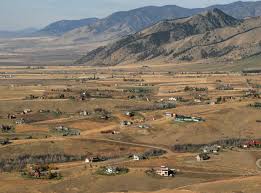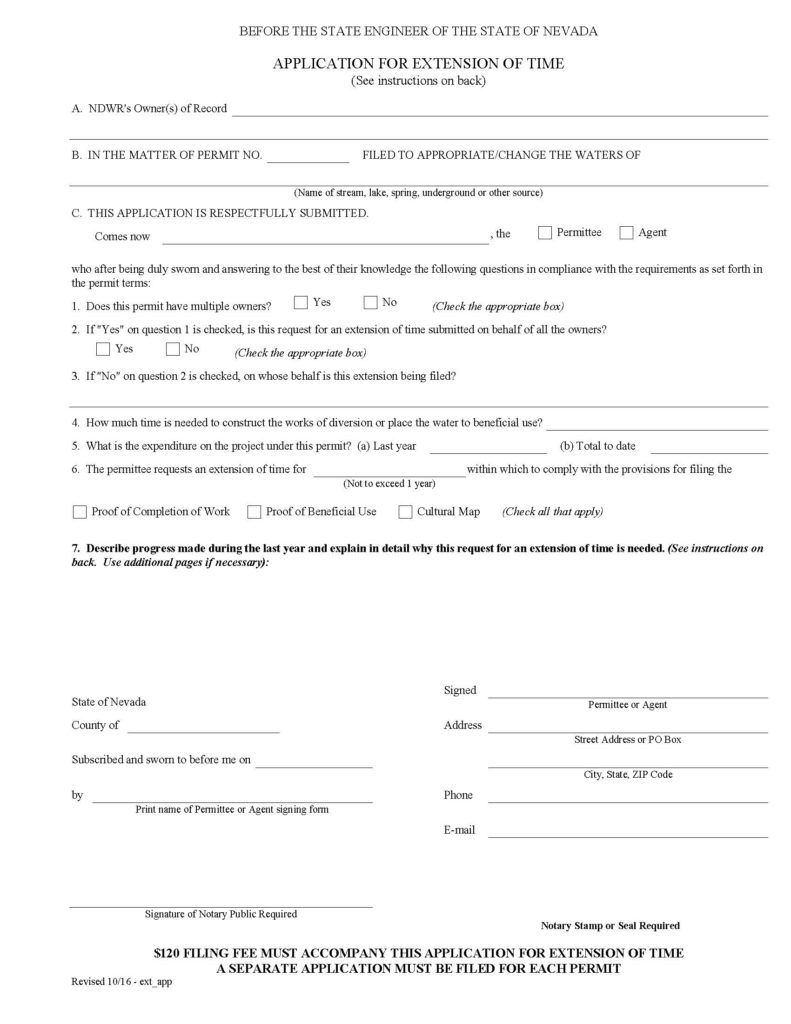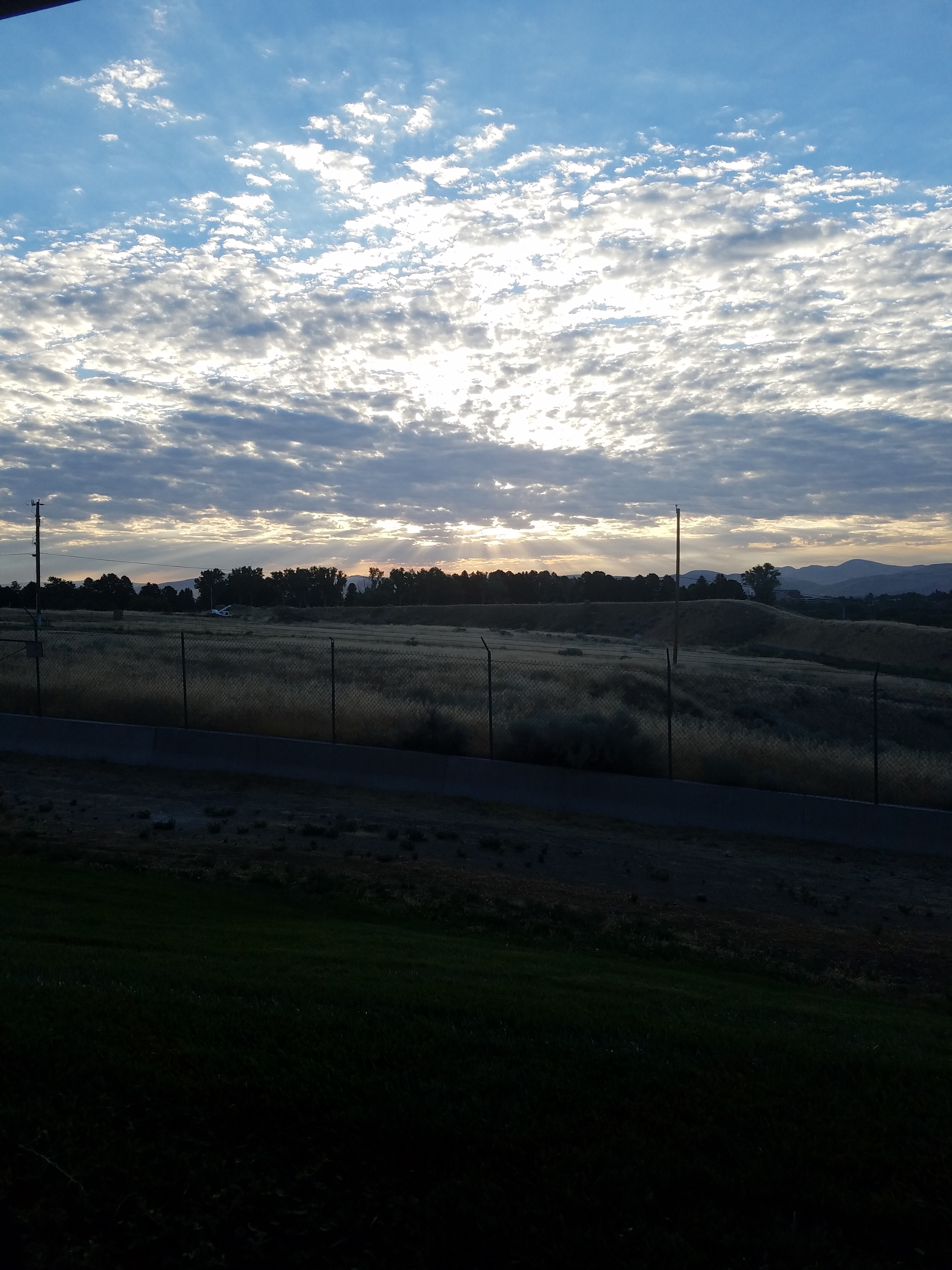Nevada Sets Deadline to File Vested Water Claims! New Legislative Act sets December 31, 2027 Deadline to File All Proof of Appropriations

The state of Nevada began regulating water use through the enactment of the water code in 1905. Under the 1905 water code, statutory regulation for surface water began. Later, in 1913 statutes came into play for artesian groundwater rights of use, and in 1939 we see statutes for percolating groundwater rights use. Water rights established prior to those dates are known as “vested water rights” or “vested water claims”.
In order to determine the extent and validity to a vested water use claim, the Nevada State Engineer follows an adjudication procedure outlined in Nevada Revised Statutes wherein the State Engineer issues a Notice of Order for Taking Proofs. This Notice alerts the public that the office of the State Engineer is preparing to review and analyze all claims to vested water rights and determine the validity and extent of each claim. The State Engineer provides a deadline for claimants to file their proofs of appropriation for that basin that is being adjudicated. The State Engineer then carefully considers each claim, with its supporting documentation, and makes a determination of each and every claim to a vested right in that basin.
Historically, there were no deadlines to file a proof of appropriation to claim a vested right to use water until the State Engineer began adjudicating specific basins. While many groundwater basins and surface water systems are adjudicated, there are many that have yet to undergo the process. Prior to the 79th Nevada Legislative Session, it was not until the State Engineer issued a Notice of Order for Taking Proofs to Determine Water Rights wherein a deadline to file Proofs of Appropriation was set. Senate Bill 270 has amended the statute to set a deadline of December 31, 2027 for any and all proofs of appropriation to be filed in any basin, whether or not an adjudication has been ordered for that basin. The newly revised statute reads “If a claimant fails to file such proof on or before December 31, 2027, the claim shall be deemed to be abandoned.” To read the full text, please visit https://www.leg.state.nv.us/Session/79th2017/Bills/SB/SB270_EN.pdf.
The State Engineer will be required to provide notice of the new deadline in the Newspaper of every groundwater basin in the state and online, and the deadline is still 10 years away. However, after this date no proofs of appropriation will be accepted by the State Engineer, with the only exception of Federal agencies claiming reserved rights. Anyone who believes they may have a claim to a vested right will need to keep this very important deadline in mind. For more information on what is required to support your proof of appropriation, go to https://www.leg.state.nv.us/NRS/NRS-533.html#NRS533Sec115 or http://www.water-law.com/water-rights-articles/nevada-water-rights/.


